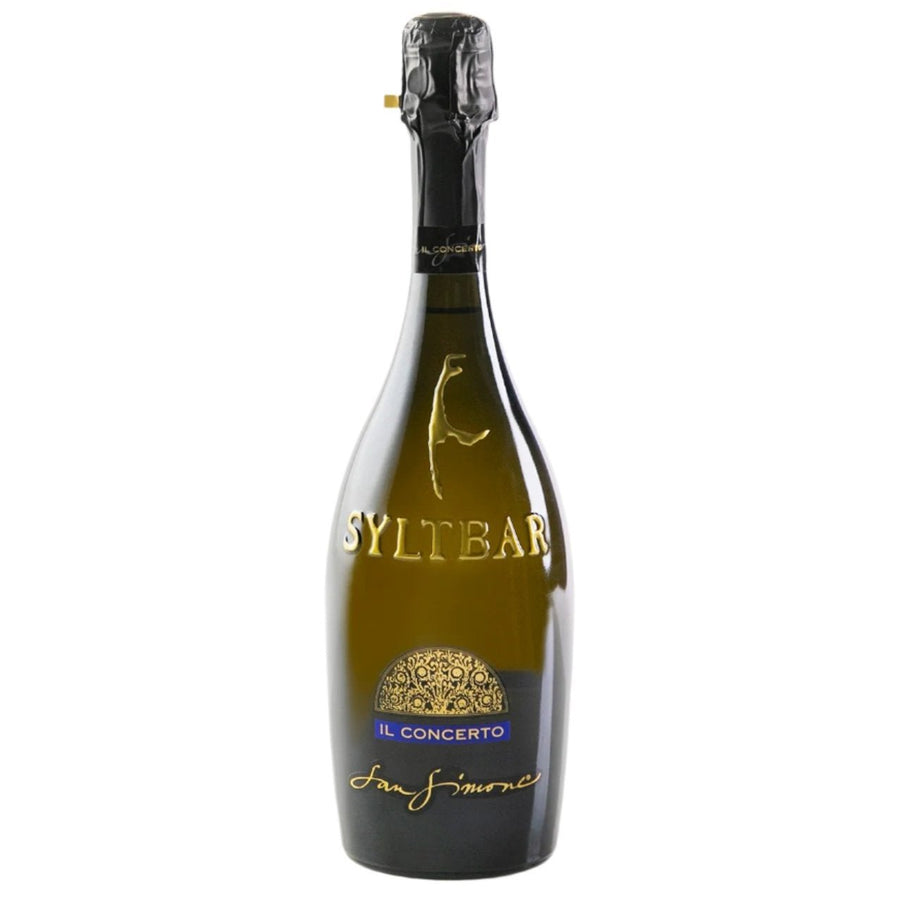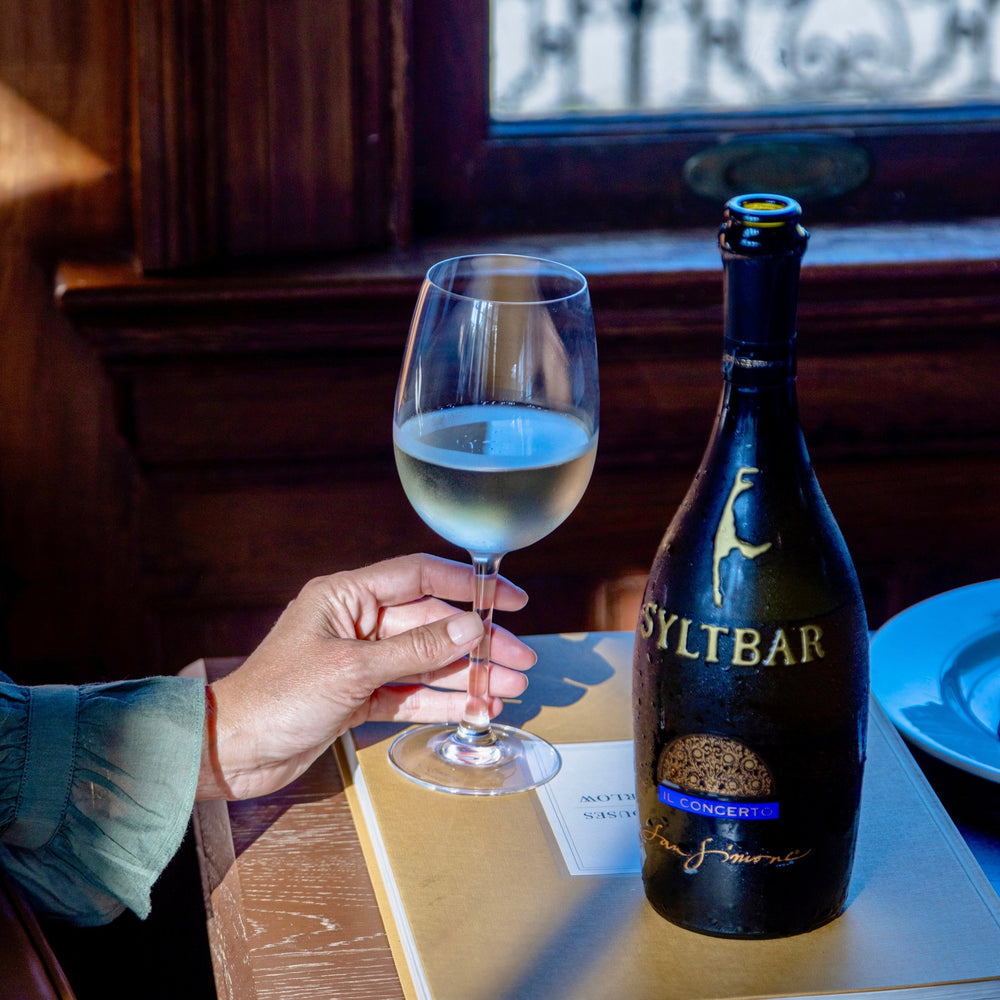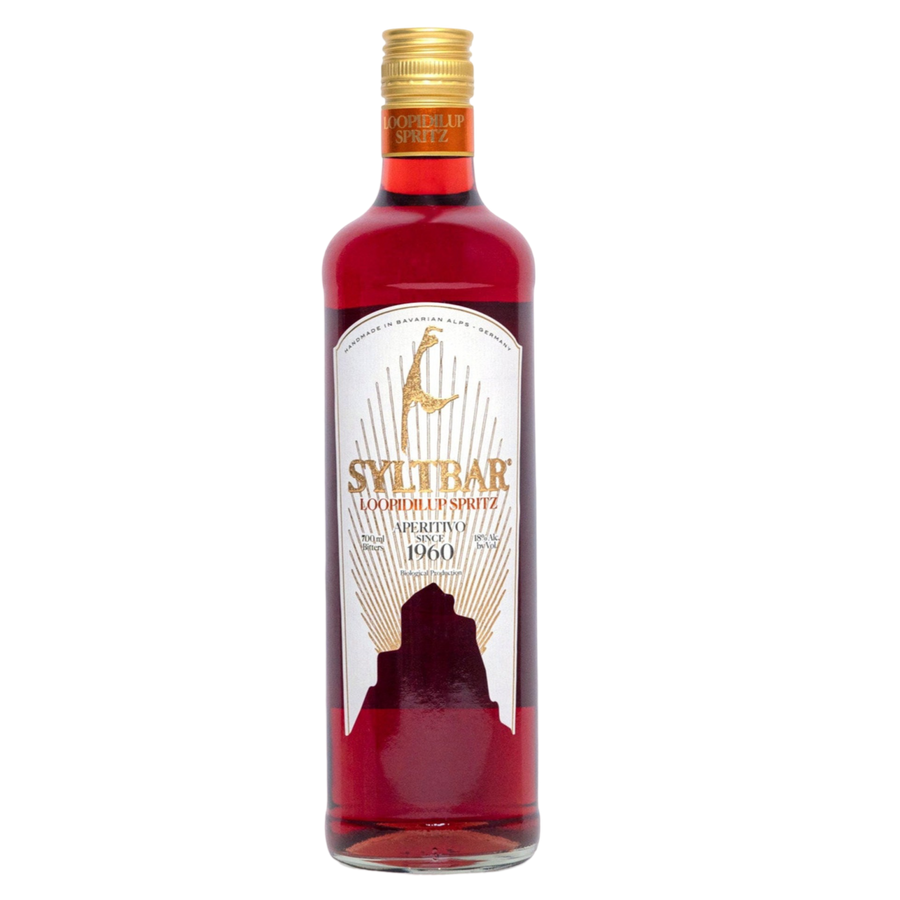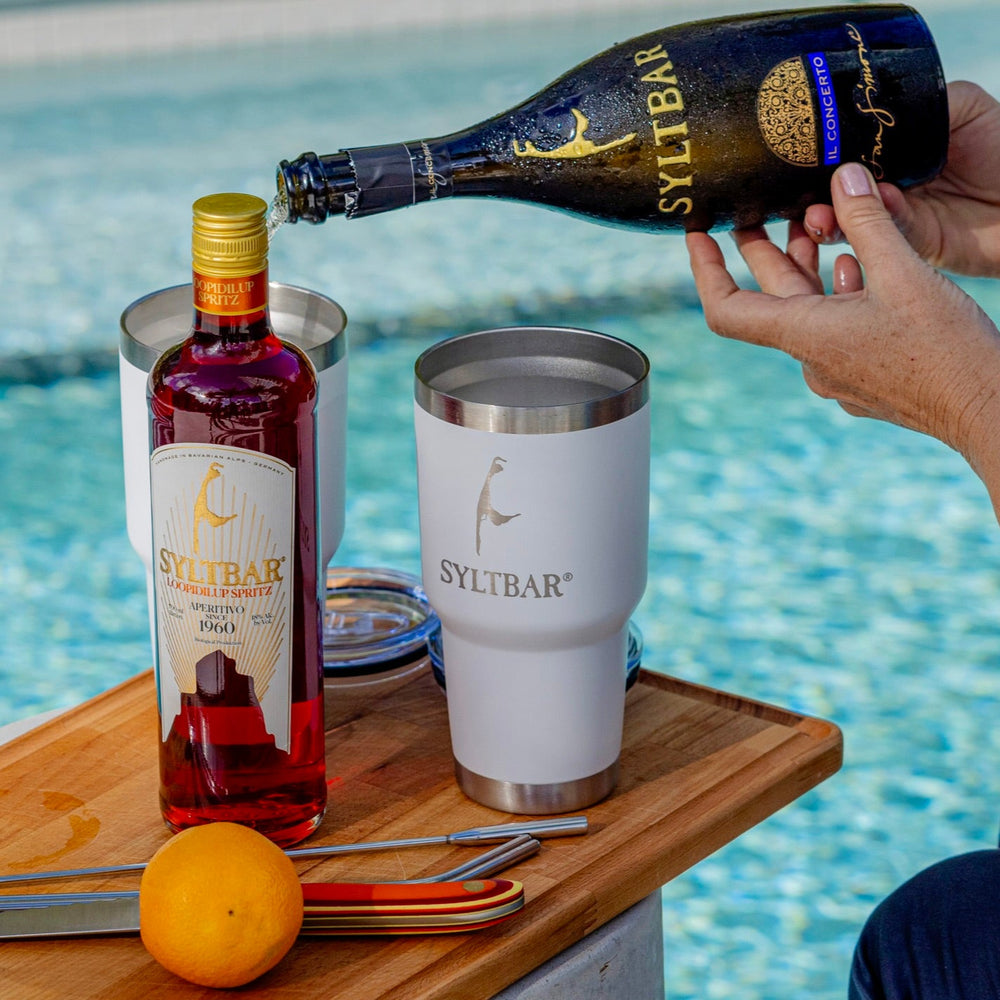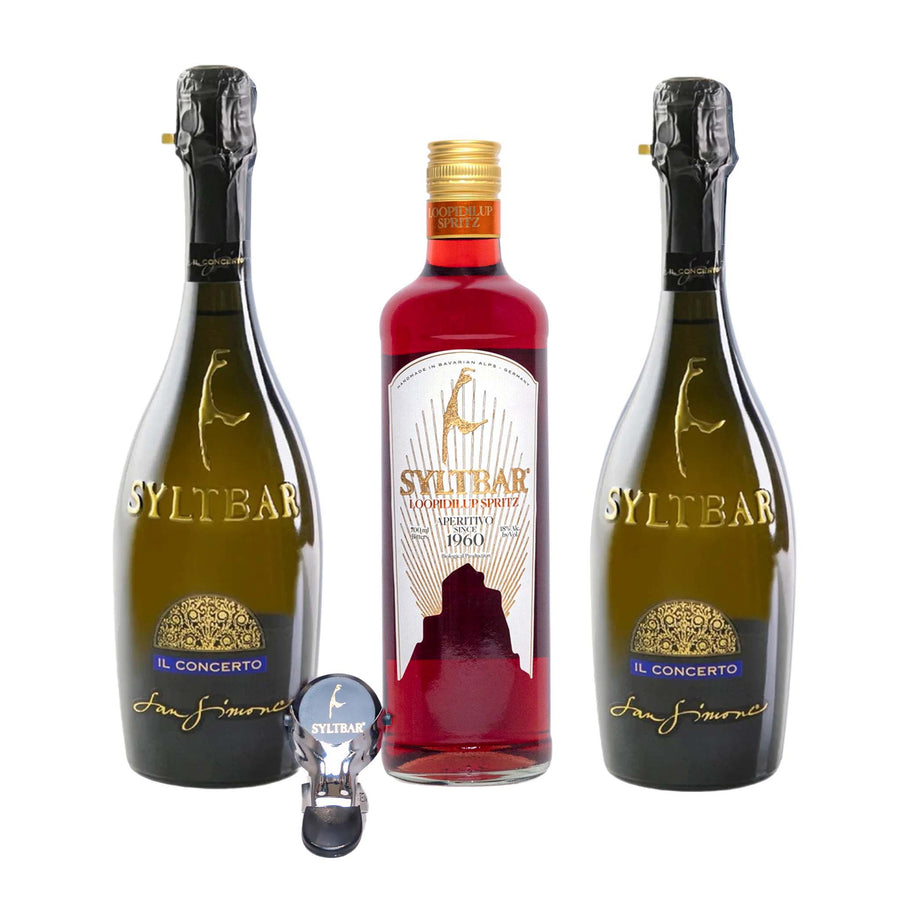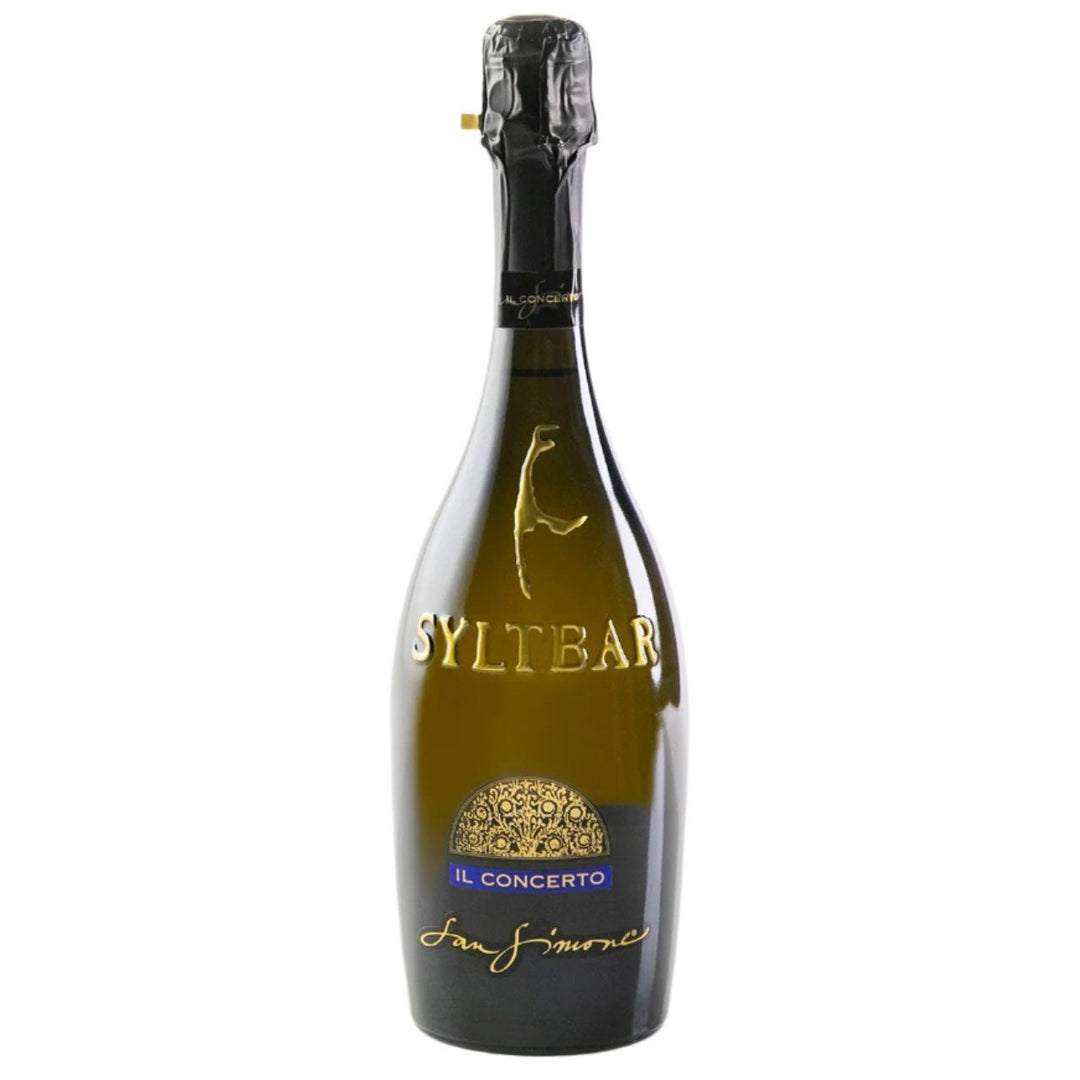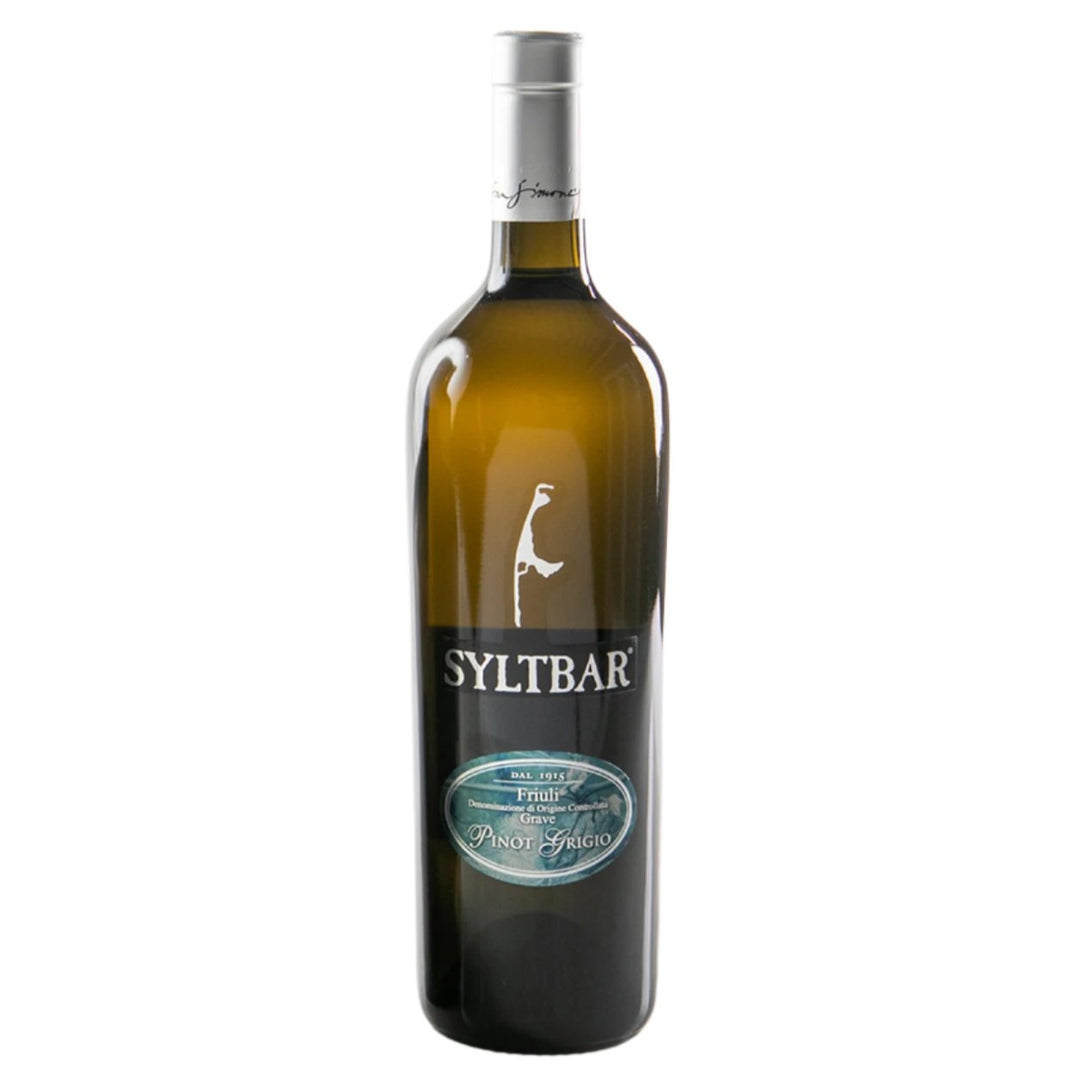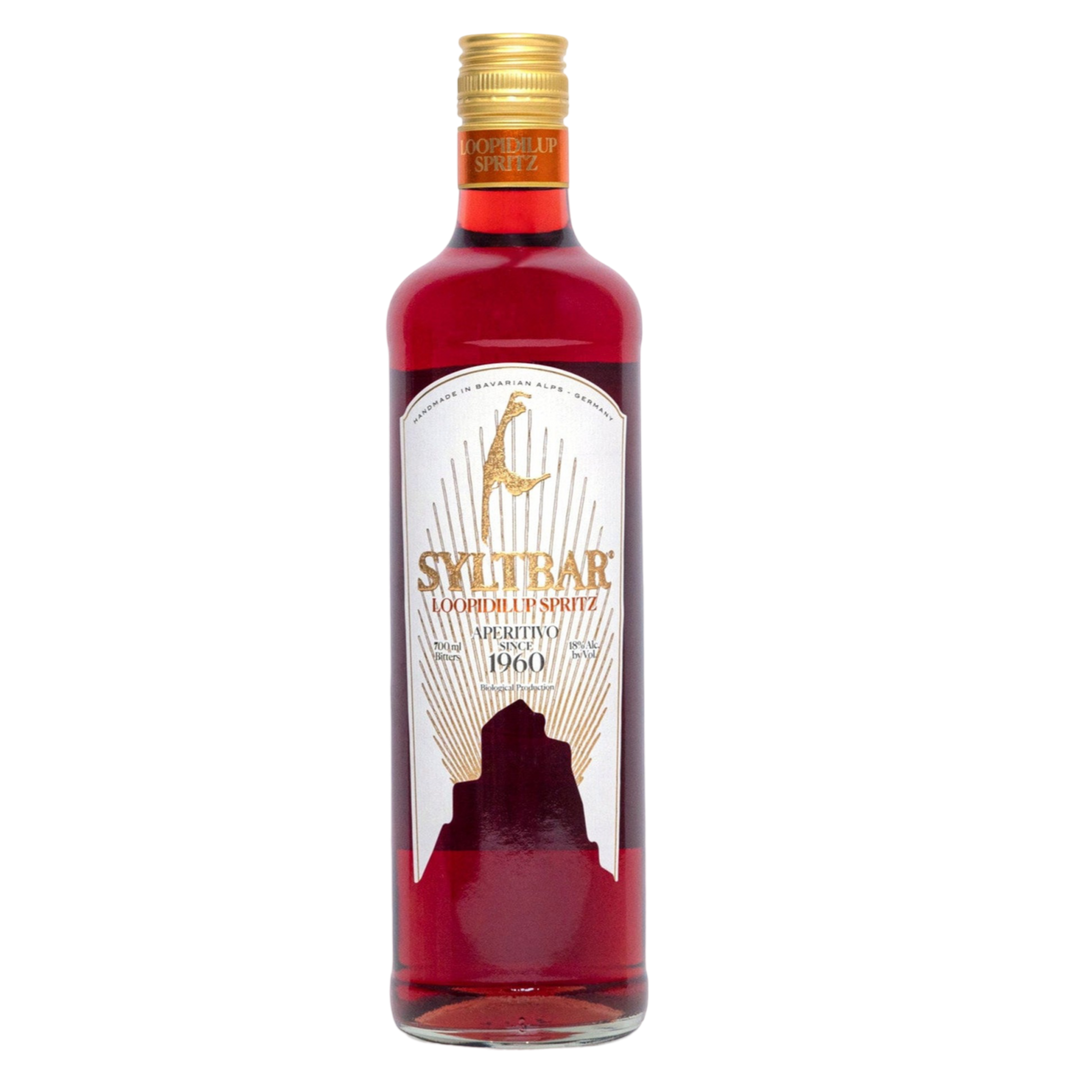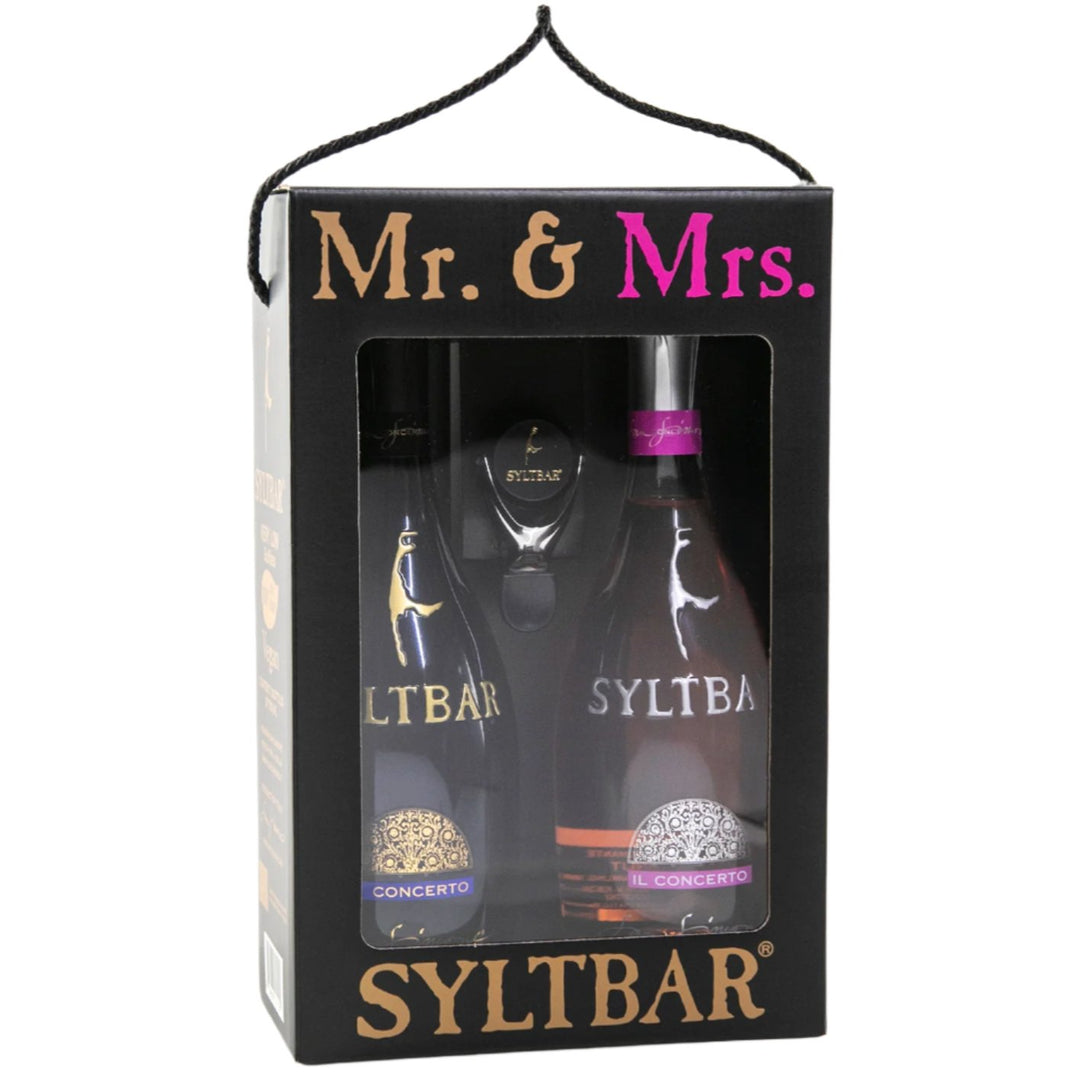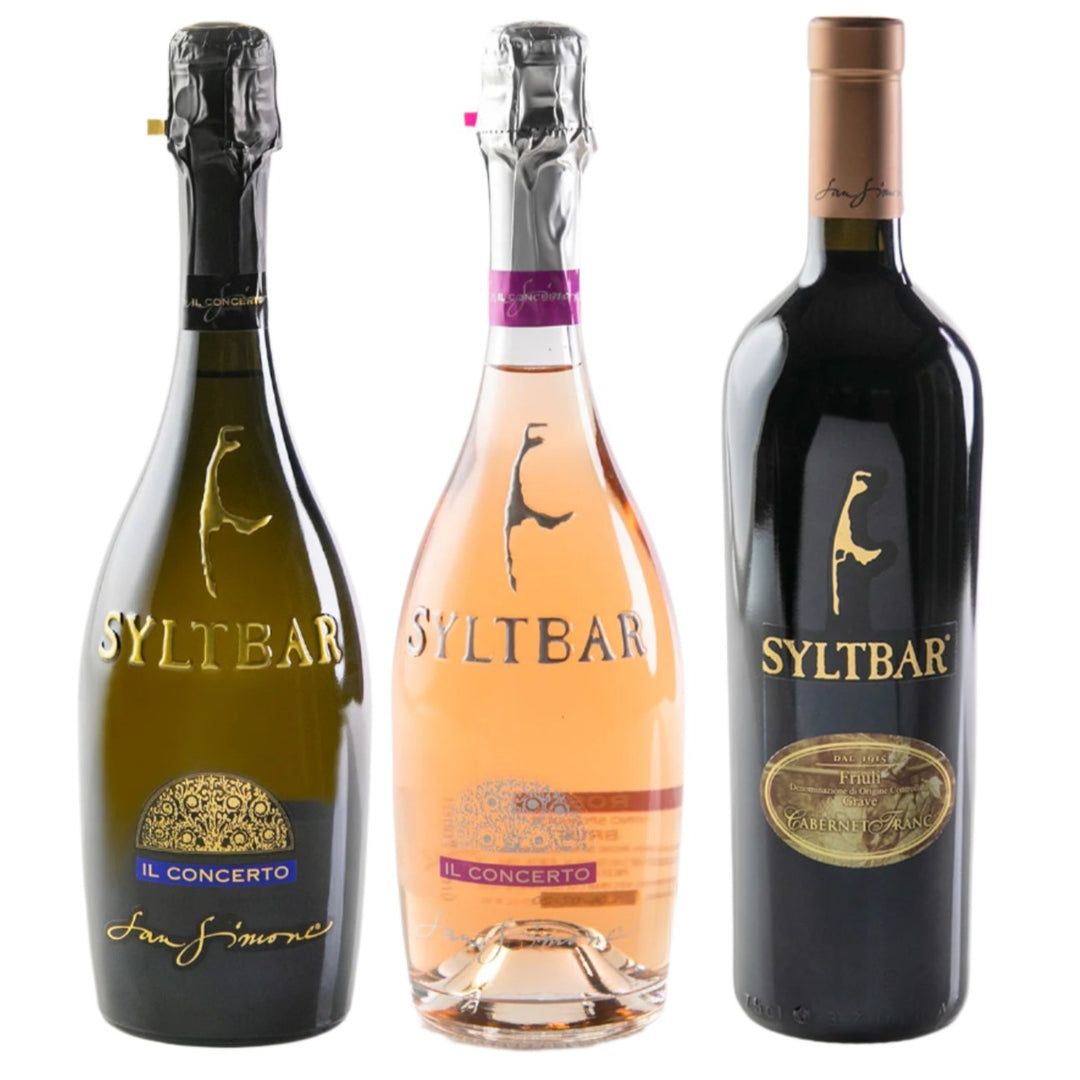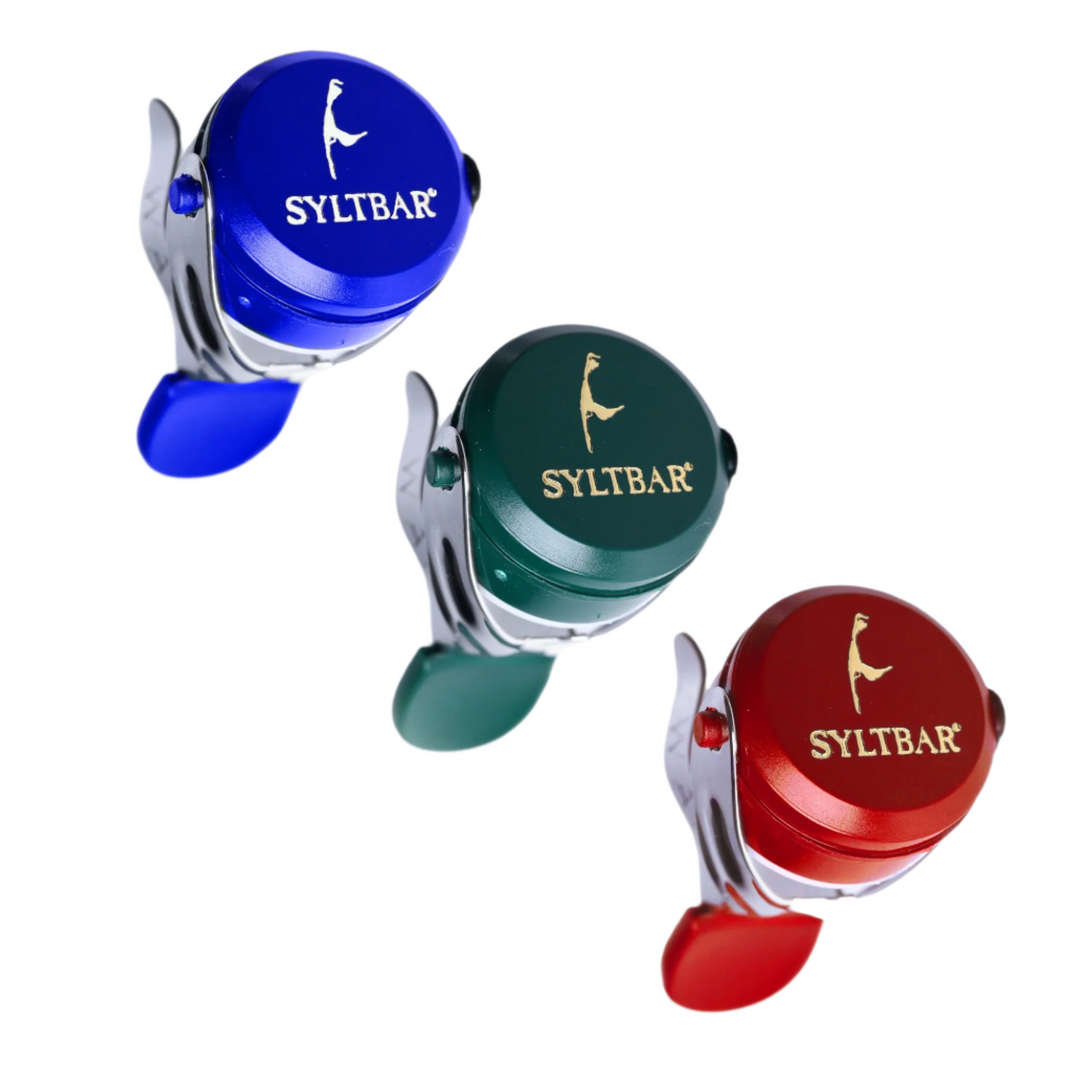The Role of Yeast in Winemaking
What is Yeast and How Is It Used in Winemaking?
Definition of yeast
Yeast is a crucial microorganism in the winemaking process, responsible for converting the sugars in grapes into alcohol and carbon dioxide through fermentation. There are various types of yeast, but the most commonly used in winemaking is Saccharomyces cerevisiae, known for its efficiency and predictable fermentation patterns. Other types of yeast, such as Brettanomyces, can also play a role, although they are often considered undesirable due to their ability to produce off-flavors.
The role of yeast in the production of wines
Yeast plays a crucial role in the fermentation processes. The fermentation produces carbon dioxide, which creates the wine's characteristic bubbles, and also contributes to the development of complex, yeasty, and bread-like flavors. The process takes time, as the wine must age on its lees (the spent yeast cells) to develop the desired depth and richness. Yeast in wine is essential for these characteristics.
Many mass-produced Prosecco producers opt for a shorter fermentation period, often adding sugars and other additives to achieve a pleasant flavor without extended aging. This approach saves both time and money.
However, SYLTBAR's wine producer, San Simone, a family-owned winery since 1915 in Friuli Venezia,Giulia Italy, takes a different approach. They avoid using sugars and chemicals to flavor their wines, preferring a natural taste. SYLTBAR Prosecco is fermented for four months, allowing the grapes to fully develop and produce a wine with rich, authentic flavors without the need for additives. In contrast, many other producers ferment their Prosecco for as little as one week, prioritizing quantity over quality.
The distinct flavor profiles of Champagne and Prosecco can be attributed to their fermentation methods. Champagne often has yeasty, bread-like notes due to its bottle fermentation and extended aging process. Prosecco, fermented in stainless steel tanks, is typically fresh, fizzy, and fruity. The shorter fermentation time of Prosecco means it is ready to drink within a few months, whereas Champagne requires a longer aging period to develop its signature toasty and savory flavors.
In summary, while mass-produced Prosecco is not usually fermented for extended periods, SYLTBAR chooses to ferment their Prosecco longer to highlight its natural flavors. Their goal is to provide consumers with a genuine taste of 100% natural Italian Prosecco, and they have succeeded in doing so.
The Fermentation Process
Explanation of fermentation
Fermentation is a crucial, required part of wine production. You have probably heard this word a lot when discussing wine and wine making, but you might not be completely sure what it means. Fermentation’s exact definition is the chemical breakdown of a substance by bacteria, yeasts or other microorganisms, typically involving effervescence and the giving off of heat. In the alcohol world, it refers to the process involved in the making of beer, wine and liquor, in which sugars are converted to ethyl alcohol. What is yeast fermentation? It's this very transformation.

Fermentation process in wines vs other beverages
Every alcoholic beverage goes through an initial fermentation process, and many go through a secondary fermentation process in order to further enhance the product. The secondary fermentation process is when the fermented product is then transferred to another vessel (be it a barrel, tank, bottle, etc.) for a second period of fermentation. This long fermentation is important because it gives the grape the chance to fully ripen, which develops the best flavor. It’s like with all fruit. If the fruit is not completely ripe, it does not taste as good as it could. This period of time can range from a few days to several months — and that time period makes all the difference, especially when it comes to sparkling wine.
For SYLTBAR Sparkling Wine products, the secondary fermentation is what sets us apart from other mass produced sparkling wines on the market. SYLTBAR’s process takes up to four months, which is the optimal amount of time needed to ensure that the only sugar left in the wine is the natural fruit sugars, commonly known as residual sugar. The end result of this four-month secondary fermentation process is a naturally produced, pure wine that has absolutely no added sugars and no added sulfites.
There are a lot of moving parts when it comes to making beer and sparkling wine. Both of these processes include a fermentation step, but the main ingredients used to make each of these beverages sets them apart. Beer is made using a combination of grains, hops, yeast and water. Each of these components plays a different role in the production process, and there are many varieties of the types of grains and hops used to create different styles of beer.
Wine, as it should be, is simply made from grapes — but there are thousands upon thousands of varieties of grapes in the world. So, just like with beer, there are many different styles. Many wine brands also add sugar and sulfites to enhance the flavors, aromas and colors of the wine, and increase its shelf life, but as you know, SYLTBAR does not add anything to its wines. Our producers leave the natural sulfites and residual sugars as they are, never adding or removing anything from the wine.
Key stages of fermentation in winemaking
Primary fermentation is where the action starts. Yeast, either naturally occurring or added by the winemaker, kicks off the process by feasting on the sugars present in grape juice. As they dine, they convert these sugars into alcohol and carbon dioxide. It's like the opening act of the winemaking show.
Some wines, particularly those destined for greatness like sparkling wines, undergo a second round of fermentation. This stage adds complexity and finesse to the wine, enhancing its flavor and aroma. It's like adding an extra layer of magic to the mix.
After fermentation, the wine needs some time to mature. During this stage, it develops its character and personality, reaching its full potential. It's like letting a fine wine age gracefully, becoming more refined with time.
How yeast contributes to the development of wine’s flavor profile
During fermentation, yeast partners with grape compounds, transforming them into flavorful delights. This partnership extracts colors, tannins, and aromas, each adding its own note to the wine's composition.
As fermentation nears its end, yeast imparts its final touch through autolysis, gracefully releasing compounds that enhance the wine's texture, body, and stability. This subtle influence adds depth and complexity, elevating the wine to a new level of refinement. Yeast in beer and yeast for winemaking both perform similar transformative functions.

SYLTBAR is the perfect example of a 100% naturally produced wine by a family-owned-and-operated vineyard that is much lower in calories than other wines on the market, but still just as flavorful — if not more flavorful — without the need for anything extra like sugar to make a wine taste full because of the short fermentation time process. SYLTBAR has a double fermentation time of 4 months. Eco wine enthusiasts will appreciate the natural approach and rich taste.
Lower sulfite levels can also lead to more expressive and complex flavor profiles in wines. You'll be able to savor the true essence of the grapes and the unique characteristics of each vintage. This is because the grapes have been given enough time to fully develop their flavors and aromas, and you are getting the purest and most delicious juice. For those seeking the best organic wine brands, SYLTBAR offers an excellent choice.
Natural Fermentation vs. Inoculated Fermentation
Natural fermentation relies on wild yeast and bacteria on grape skins and in the winery, resulting in unique flavor profiles influenced by indigenous microorganisms. This method captures the vineyard's essence and minimizes intervention but can be unpredictable, risking off-flavors or stuck fermentations. What is wine yeast? It's a key player in these natural processes.
Inoculated fermentation, on the other hand, uses selected commercial yeast strains to ensure consistent and precise outcomes. This approach allows winemakers to control flavor profiles and fermentation kinetics, producing reliable wines. While artisanal producers often prefer natural fermentation for its authenticity, larger wineries favor the predictability of inoculated fermentation. There is also a growing trend towards hybrid methods that combine both techniques, balancing tradition with modern practices to meet consumer demands.
SYLTBAR cares deeply about the integrity of our wines and providing our customers with the best wine experience. This is why SYLTBAR wines will never have any added sulfites because they go through a longer fermentation process to produce just the right amount of natural sulfites needed. The only sulfites in SYLTBAR wine are the ones developed naturally from the grapes during the fermentation process.
The benefit of a sparkling wine having no added sulfites or sugars is that it can drastically reduce the chances of you feeling hungover, even after drinking a whole bottle! SYLTBAR sparkling wines only have 25 ppm sulfites in a 6 ounce glass, compared to an average of 150 ppm. No added sugars also results in an incredibly lower carbohydrate count. There are only 1.5 grams of carbs per 6 ounce glass of both Mr SYLTBAR Premium Prosecco and Mrs SYLBAR Sparkling Rosé, compared to an average of 5 grams. The calorie count of each of these sparkling wines is just as impressive, if not even more. In a 6 ounce glass, it’s only 49 calories for Mr, and 63 for Mrs!
It’s time for you to experience the taste of a 4-month fermentation process. Shop Mr and Mrs at syltbar.com, or use our store locator to find a retailer near you that carries SYLTBAR sparkling wines.
Explore more
Share this
Featured product
Featured product
It is time for SYLTBAR order now!
Join SYLTBAR mailing list
Sign up to receive delightful emails with deals, tips & more
or text CONNECT to 1-833 461-3379
MIGHT TAKE UP TO A MINUTE TO RECEIVE CODE TEXT! By texting CONNECT to us, you consent to receive marketing text messages through an automatic telephone dialing system at the number provided. Consent is not a condition to purchase. Text STOP to unsubscribe or HELP for help. Msg and data rates may apply. Read our privacy policy
SYLTBAR
Shop

*Total calories based on glucose and not by scientific testing. This statement has not been evaluated by the Food and Drug Administration. This product is not intended to diagnose, treat, cure, or prevent any disease.
